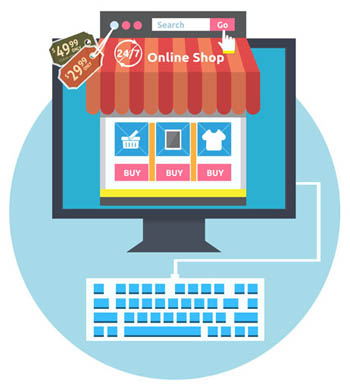
If your company offers a tangible product(s), and you have a website, then it’s likely you’ve already entered the exciting, lucrative world of e-commerce. Perhaps your sales are sufficient enough that you think you might not need to make any improvements. Maybe you think it isn’t worth the time or the effort. But what if even just one simply improvement can increase monthly sales by $1,000? Maybe $10,000? Perhaps even $100,000. Is it worth it then?
With an e-commerce site, potential and loyal customers can reach you from anywhere, at anytime. But if your e-commerce site isn’t set up properly, it won’t attract visitors, or, more importantly, engage those visitors enough to increase brand recognition and keep them coming back Princess Castle Pink. Consider these important factors that are fundamental for any e-commerce site to be successful and continually profitable
1. Include detailed, yet concise product information
Visitors need to know the facts about what they are buying from you. If the product information is lacking or confusing, they won’t buy it. Examine the product pages on your site. Are all the important features listed? Imagine that you are a visitor to the site who knows nothing about the product. Is enough information there for you to make an informed decision on whether to buy or not?
You’ll want to make sure all the necessary product information is available to users, but don’t make them wade through paragraphs of information to find. Put the most important features first, and follow that with any additional information that relates to the specifics of the product. Include a good, decent sized picture of the product, and a description of the product if applicable, but try not to overdo it. If a potential customer clicks away, chances are they won’t be coming back.
2. Utilize an adequate onsite search engine
Nothing is more frustrating then using the search feature on an e-commerce site and receiving dozens of results that don’t match what you were looking for. Make sure your e-commerce site uses competent, reliable search engine software, and allow filtering for more refined search options if you maintain a large inventory of products.
3. Give users an easy checkout process
Consider your shopping experience in a brick and mortar store. You select a product, wait on line at the cashier, pay, and leave. Simple, right? So why shouldn’t it be just as simply on an e-commerce site?
Of course, there may be a few more necessary steps to take when shopping online, such as selecting a shipping method, but the overall process can still be relatively quick and painless if done correctly.
Customers don’t want to have to cycle through more than a couple pages in order to purchase a product. Ideally, it would be beneficial to both you and the customer if the checkout process could be contained to one page, but that isn’t always possible. But if it is feasible, allow your customers to enter all their information (mailing & billing address, credit card number, shipping option, etc.) on a single page, and then have them confirm their order on the following page. Anything else in between gives customers a chance to be frustrated, and they’ll either leave your site, or make their purchase but choose not to return.
4. User-Friendly Navigation
Your entire e-commerce site should be relatively easy to navigate. A rewarding user experience keeps visitors on your site, and also keeps them coming back. Put menus or links to product categories in a prominent place, and make sure categories and the products that are in each category are properly named.
Additionally, make sure each page provides users with an easy way to get back to the home page, find contact information, select another category, inflatable for sale or go directly to the shopping cart.

Hi, I love your weblog. Is there some thing I can do to obtain updates like a subscription or some thing? Im sorry Im not acquainted with RSS?
We will soon let you know with the details